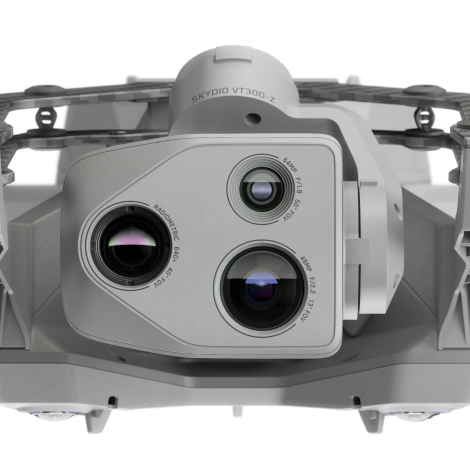GA-ASI's MQ-9 successfully used during U.S. Naval exercise
General Atomics Aeronautical Systems, Inc.’s (GA-ASI) MQ-9 Predator B Remotely Piloted Aircraft (RPA) was used to successfully demonstrate the remote detection and tracking of submerged contacts, such as submarines, during an Oct. 12 U.S. Naval exercise.
GA-ASI participated in the successful demonstration of new maritime patrol capabilities, which included anti-submarine warfare, during the flight that took place over the Southern California Offshore Range (SCORE) west of San Clemente Island.
U.S. Navy helicopters deployed sonobuoys, which were used to collect acoustic data. That data was used to track underwater targets, and it was then transmitted to the MQ-9 and processed onboard. Following that, the data was relayed to the MQ-9’s Ground Control Station (GCS), which was several hundred miles away from the target area.
The event successfully paired an Ultra Electronics-supplied sonobuoy receiver with data processing technology that was provided by General Dynamics Mission Systems-Canada, onboard the MQ-9.
A “track solution” was calculated and transmitted from the MQ-9 to the GCS through SATCOM, and this technology will provide “long-range patrol and relay capabilities” to the MQ-9 to “augment maritime mission sets.”
“This test demonstrated the ability of our RPA to detect submarines and provide persistent tracking of submerged targets,” says Linden Blue, CEO, GA-ASI.
The MQ-9 was also equipped with GA-ASI’s Lynx Multi-mode Radar, which featured its Maritime Wide-area Search (MWAS) mode. The MWAS mode uses Inverse Synthetic Aperture Radar (ISAR) for target classification to detect maritime surface targets over a large area.
Identification of surface vessels is supported by the MQ-9’s Electro-optical/Infrared (EO/IR), high-definition Full-motion Video (FMV) camera.
To verify target identity, these sensor contacts are correlated with the Automatic Identification System (AIS), and the MQ-9 can also be fitted with a centerline pod that can house a “longer-range, 360-degree field of regard maritime surface search radar for enhanced surveillance over water.”






